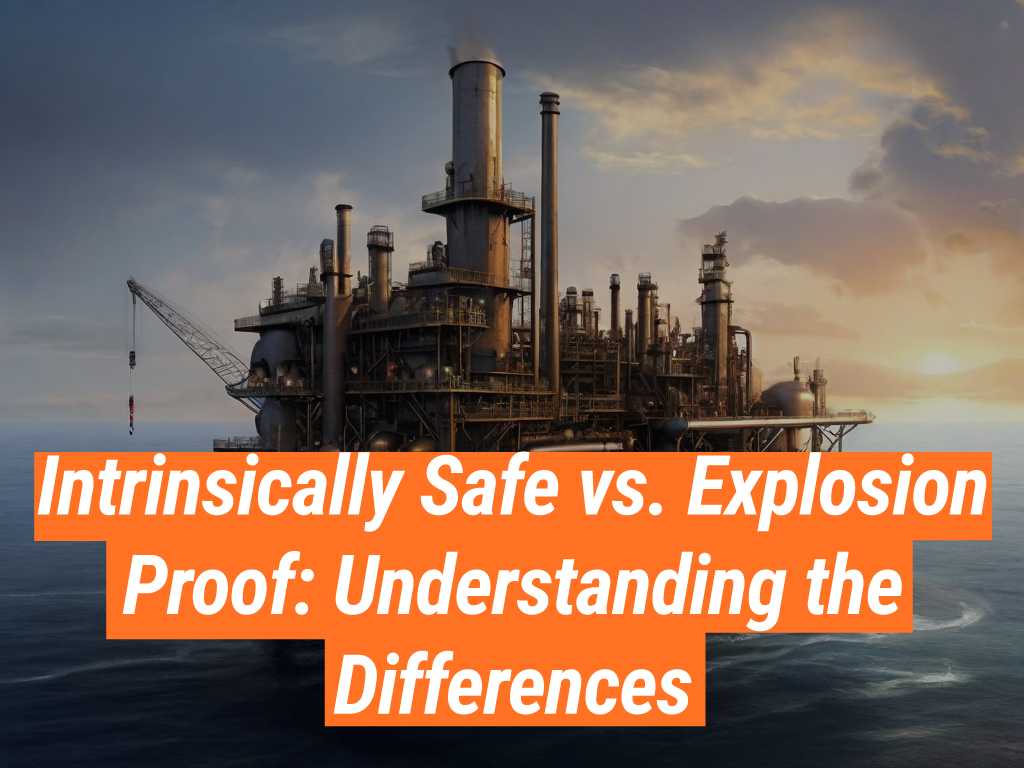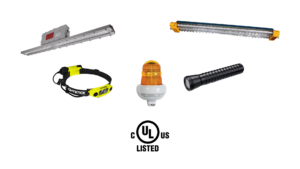When it comes to safety in hazardous environments, two terms often come to the forefront: Intrinsically Safe and Explosion Proof. These terms are frequently used in industries such as oil and gas, mining, chemical plants, and other environments where flammable gases, vapors, or dust are present. But what do these terms mean, and how do they differ? This article, brought to you by the Intrinsically Safe Store, aims to shed light on these critical safety concepts. We invite you to explore our website for a wide range of intrinsically safe and explosion-proof devices.
What is Intrinsically Safe?
Intrinsically Safe (IS) refers to equipment and wiring that’s inherently safe. In other words, it’s designed to operate in hazardous areas without causing an explosion. This is achieved by limiting the electrical and thermal energy to a level below what’s required to ignite a specific hazardous atmospheric mixture.
Examples of Intrinsically Safe Equipment
Examples of IS equipment include two-way radios, gas detectors, and temperature sensors. These devices are designed to prevent sparks or heat that could ignite flammable gases or dust.
What is Explosion Proof?
Explosion Proof, on the other hand, refers to equipment designed to contain and isolate potential sparks or flames. If an explosion occurs within the device, the equipment is designed to prevent the ignition of the surrounding atmosphere.
Examples of Explosion Proof Equipment
Examples of explosion-proof equipment include lighting fixtures, junction boxes, and control panels. These devices are designed to contain any explosion originating within its housing and prevent sparks from igniting gases, dust, or vapors present in the surrounding environment.
Key Differences Between Intrinsically Safe and Explosion Proof
While both IS and explosion-proof devices are designed to prevent explosions, they do so in different ways. Here are the key differences:
- Method of Protection: IS equipment reduces the energy available for ignition to safe levels, while explosion-proof equipment contains and isolates any potential ignition.
- Cost: IS equipment is typically less expensive to install and maintain than explosion-proof equipment.
- Flexibility: IS equipment is generally more flexible and easier to install or modify than explosion-proof equipment.
Choosing Between Intrinsically Safe and Explosion Proof
The choice between IS and explosion-proof equipment depends on several factors, including the nature of the hazardous area, the type of explosive atmosphere, and the specific requirements of the application. It’s crucial to consult with a safety expert or engineer to make the right choice.
Understanding the differences between intrinsically safe and explosion-proof equipment is crucial for ensuring safety in hazardous environments. While both types of equipment aim to prevent explosions, they do so in different ways and have their own advantages and disadvantages. The Intrinsically Safe Store offers a wide range of both IS and explosion-proof devices to meet your specific needs. For more information or to discuss your specific requirements, contact us today.



